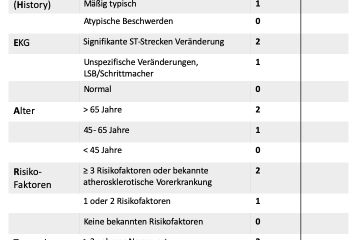The Essential Role of Location Location Location in Real Estate

Introduction
The phrase ‘location, location, location’ has become synonymous with the real estate industry, highlighting the critical importance of geographical positioning in property valuation. As buyers become increasingly savvy, understanding the nuances of location has never been more vital. Amidst fluctuating property markets and evolving consumer preferences, analysing location trends can provide substantial insights for both buyers and investors.
Why Location Matters
A property’s location significantly influences its value and desirability. Key factors include proximity to essential amenities such as schools, shopping centres, public transport, and recreational facilities. Recent studies indicate that properties located within a 1-mile radius of quality schools can command up to 20% higher prices than those further away.
Moreover, urbanisation is reshaping the concept of location. With more people flocking to cities, the demand for properties in urban centres has surged. According to the latest reports from the UK Housing Market, areas like London have seen a dramatic increase in property prices — adding over £30,000 in value for homes located near transport hubs in the last year alone.
Current Trends in Property Locations
Beyond urban areas, there is a notable trend towards suburbanisation, driven by changing lifestyle preferences post-COVID-19, where remote working has become more prevalent. Many homebuyers are now looking for larger properties with gardens, thus shifting demand to suburban and semi-rural locations. A recent survey conducted by Rightmove highlights that 70% of respondents prioritise outdoor space over proximity to their workplace, showcasing a major shift in the property buying criteria.
Location also extends to considerations of safety and community amenities. A recent analysis from Zoopla shows that crime rates play a significant factor in buyer decisions, with homes in lower-crime areas achieving better market performance year on year. Buyers are increasingly willing to compromise on space and size if it means living in a safer, more community-oriented neighbourhood.
Conclusion
In summary, the importance of ‘location, location, location’ is underscored by the myriad of factors influencing property value — accessibility, community, safety, and lifestyle preferences. As the real estate market continues to evolve, understanding the implications of location will be crucial for buyers and investors alike. Looking forward, the adaptability of urban planning and residential development will play a significant role in shaping the future property landscape, ensuring that location remains a key consideration for all stakeholders in the market.









